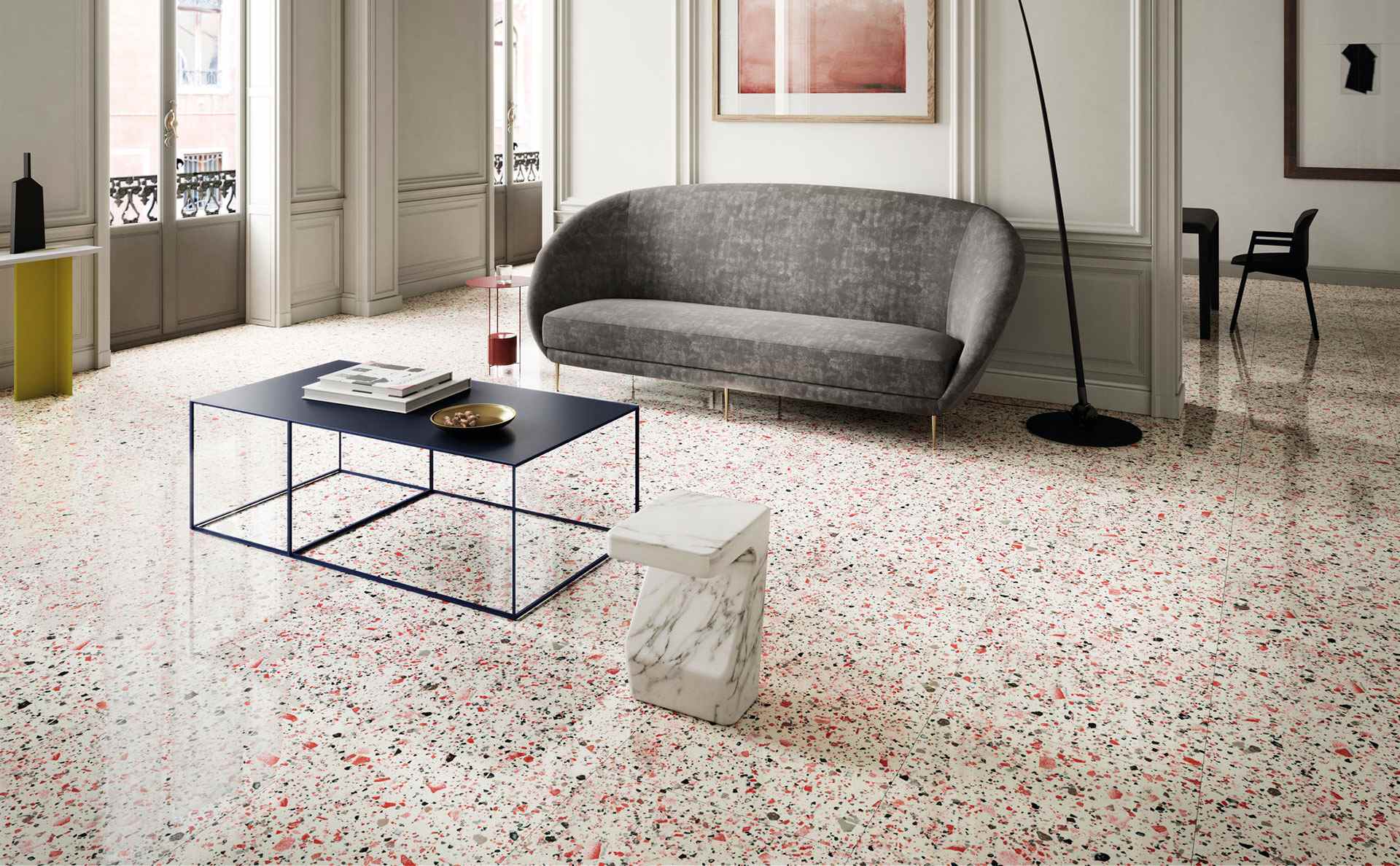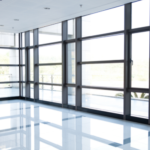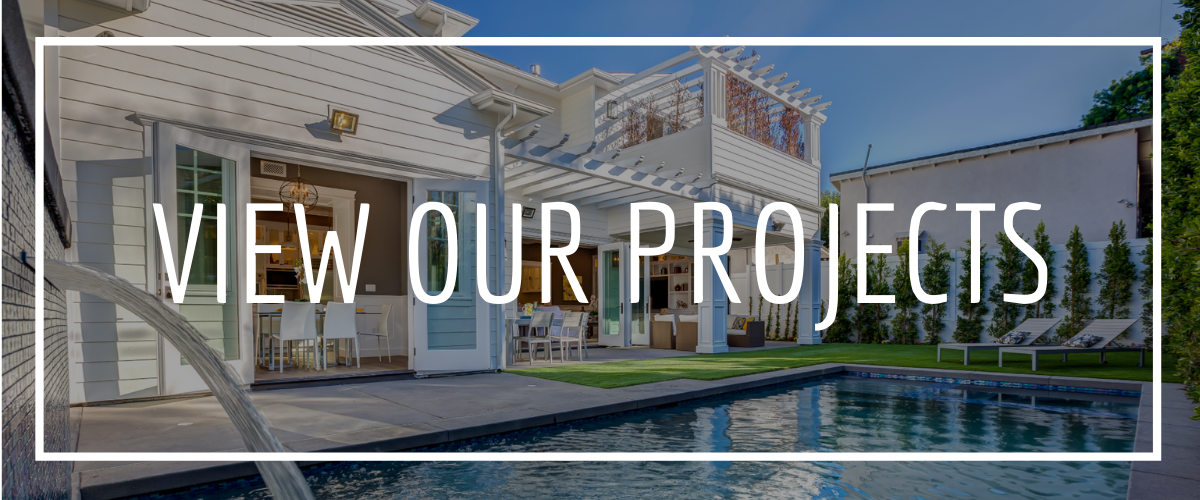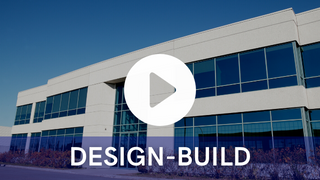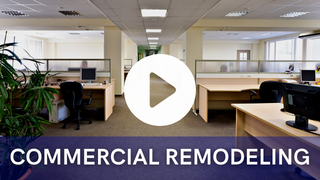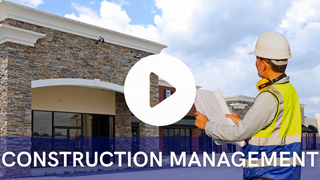Terrazzo in Los Angeles offers timeless charm while appealing to modern trends. Whether it adorns your home or a commercial building, the flooring provides a distinct look and lasting durability.
Before you invest in terrazzo, there are many decisions to make. This material has been around for thousands of years and continues to evolve with new materials and installation methods. To ensure that you’re getting the right product for your renovation needs, here are some must-ask questions for your terrazzo contractor.
What is the Cost of Terrazzo?
Terrazzo in Los Angeles has a relatively broad price range compared to other flooring materials. It’s a complex flooring option with tons of variety. Two of the most significant factors that influence price are the quality of the materials and the amount of labor involved.
True terrazzo is a composite material with visible aggregate and binder. The type of aggregate and how much your terrazzo installer uses have a massive impact on costs.
For example, premium marble and mother of pearl chips will cost more than shards of porcelain or glass. The same goes for the aggregate density. A cleaner look with fewer chips will be more affordable than a higher aggregate concentration with several colors.
Another thing to consider is installation requirements. Terrazzo contractors can either pour the material in place or utilize precast tiles. The latter option tends to be more affordable as it requires less prep work and has a much easier installation process.
Ultimately, the cost of terrazzo varies widely based on your design needs. On the lower end, affordable tiles with simple materials will cost anywhere from $7.00 to over $30 a square foot. However, poured terrazzo with premium aggregate can raise the price to around $90.00 a square foot.
RELATED: Flooring Options To Consider For Commercial Floor Renovation In Los Angeles
Poured in Place Terrazzo vs. Tile Terrazzo
When consulting with your terrazzo installer, you’ll have one of two options. A terrazzo contractor can pour it into place, or they can utilize precast terrazzo tiles. So, which option is best?
Both installation methods have their merits. Pour-in-place terrazzo tends to be the pricier choice. However, you have more creative freedom when choosing the final look. It’s more flexible, as a skilled terrazzo contractor can create curvilinear designs and eye-catching works of art.
Another benefit of poured terrazzo is the seamless look. When mixed from scratch, the material doesn’t require grout lines. As a result, the final result is a long-lasting floor that’s smooth and easy to clean.
Precast terrazzo tiles are more cost-efficient. Not only are the physical tiles more affordable, but the installation process is more straightforward. Pricier terrazzo tiles do exist for those who want the glitz and glam, but installing them comes with a lower price tag than if you were to pour it.
Tiles do come with limitations. The flooring is mass-produced, removing some flexibility in color choice, quality, and shape. Installers will have to implement grout lines as well.
Generally, terrazzo tiles are the better choice for those looking for budget-conscious flooring. It’s also a good option if you have a limited renovation window or only have a small space to improve.
What are the Pros and Cons of Terrazzo?
Terrazzo is a beloved material with a rich history. However, it’s not right for every application and project. Like any other type of flooring, it has advantages and disadvantages to mull over.
Pros:
- Durability:
Properly installed terrazzo can last several decades. It’s naturally waterproof, difficult to damage, and holds up well inside and out. - Customizable:
Thanks to the nature of terrazzo, it’s very flexible when it comes to design. Different colors, materials, and installation techniques can create virtually any look. - Flexibility:
An experienced terrazzo contractor can use the material in many applications. Poured terrazzo is moldable to fit walls, staircases, countertops, and more. - Environmentally friendly:
Compared to other flooring materials, terrazzo is quite sustainable. Many terrazzo installers use recycled materials and binders with low VOC content.
Cons:
- Higher upfront costs:
Terrazzo in Los Angeles has higher initial costs. It’s more expensive than standard tile. - Not DIY friendly:
This material is not something you should try to install yourself. Professional terrazzo installers have the skills and experience required to make the finished product look its best. - Maintenance requirements:
Terrazzo isn’t the most demanding product, but it does require continual maintenance. Regular sealing is necessary to protect the finish, avoid stains, and prevent long-term damage.
RELATED: Terrazzo Installer in Los Angeles
What are the Different Types of Terrazzo?
A handful of different types of terrazzo systems are available. It’s a good idea to ask your terrazzo contractor about what they’re capable of offering. Some application techniques are better suited for specific applications. Discuss your needs with your terrazzo installer so that they can determine the best course of action for your project.
1. Bonded Terrazzo
Great for interior and exterior applications, bonded terrazzo has an overall thickness between 1.75 and 2.25 inches. This installation technique has a bed of sand and cement, which joins to a concrete slab underneath. A thin, half-inch layer of terrazzo aggregate and binder sits on top.
2. Rustic Terrazzo
Rustic terrazzo in Los Angeles is the go-to for outdoor floors. Its distinguishing feature is the use of a textured binder. Instead of a polished finish, the surface is rough and slip-resistant, making it a good choice in any weather.
3. Epoxy Terrazzo
Epoxy terrazzo is one of the most popular for indoor residential and commercial floors. Rather than the standard cement-based matrix, it uses a resin binder. The thin-set material lets your terrazzo installer achieve a total thickness of only 1/4 to 3/8 of an inch. Despite the thin layer, the resin-based matrix provides outstanding structural durability.
4. Monolithic Terrazzo
Monolithic terrazzo is cement-based and poured directly onto a concrete subfloor. Typically, the visible terrazzo layer is only about half an inch thick. As a result, it’s affordable and sets quickly. The quality of the concrete slab underneath is crucial for avoiding cracks and cosmetic issues.
5. Sand Cushion Terrazzo
The final type of terrazzo is a multi-layer system. On top of the concrete subfloor, it features a layer of sand dusting, wire reinforcements, and an isolation sheet. The top terrazzo layer is only about half an inch. However, the complex system underneath raises the total thickness to about three inches while providing impressive structural integrity.
For terrazzo projects big and small, turn to Landmark Construction & Development Group. We’re a full-service terrazzo contractor that proudly serves property owners in Los Angeles and the surrounding areas. We pride ourselves on making your terrazzo design vision a reality. Call us or consult today to learn more about this unique material and discuss your options

